30 Online Marketing Terms Every SEO Must Know
If you are an expert in digital marketing, you may already be familiar with many of these terms. But for newcomers, these SEO terms are essential for you to understand the language used in the digital marketing world. In this article, we have pulled together 30 essential online marketing terms related to SEO for those who want to understand SEO in more detail, and the true meaning of these terms.
Table of Contents
Online Marketing Terminology for SEO
-
Search Engine
Definition: a programme or tool for finding information on the internet. Search by entering keywords, and relevant results will be displayed. The system will show results in the form of website links, images, videos etc. There are even search engines that can conduct voice and image searches nowadays. The well-known search engines are Google, Yahoo and Bing.
-
SEO (Search Engine Optimisation)
Definition: the process of optimising a website to comply with the criteria of the search engine systems, with the objective of rising up the ranks to the first search results page. It is a method that takes time and constant adjustment to prevent the website from falling back down the rankings again.
-
Search Query
Definition: a word or sentence that people enter into search engines to search for information. This term has the same meaning as ‘Search Term’.
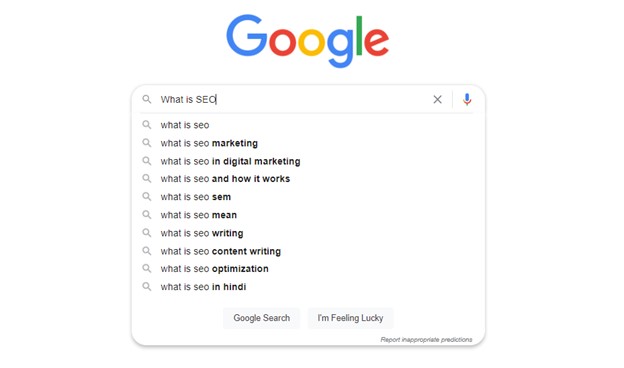
-
Referral Traffic
Definition: when people visit your website from portals other than search engines, e.g. by clicking a link posted on another website, or one shared on social media.
-
Dofollow Link
Definition: a link or URL that allows robots from search engines to crawl into, and collect data from said URL (crawl = the process of robots collecting data from websites). It may be one of the factors affecting a site’s ranking on search engines.
-
Nofollow Link
Definition: a link on a website that does not allow search engine robots to track and collect data, mainly to prevent spam. It is also a way to tell the search engine that a certain link is not related to the original website. Google may not attach importance to this type of link, so it does not affect the website’s ranking. Nofollow links are generally found on forums and social media channels.
-
DNS
Definition: stands for ‘Domain Name System’ or ‘Domain Name Server’. It is a website name management system (e.g. www.websitename.com). DNS converts the domain name into numbers known as IP addresses. These numbers are used to connect with other servers, for example, for web hosting.
-
Affiliate Link or Outbound Link
Definition: an SEO term that describes a link to a website outside of your own, often used for references in articles. The good thing about outbound links is that they give more credibility to your website and therefore help with your Google website ranking.

-
Page Title
Definition: a short message or phrase used to introduce each web page and its content.
-
Meta Description
Definition: text used to describe a website link. It appears on a search engine when a user searches and finds a website. It is limited to 156 characters (the message can be longer, but only 156 characters will show up).
-
Alt Tag
Definition: a message or sentence to describe an image. As search engines can only read text it’s important to add a description. If you want the image on your website to appear in the image section on the search engine, you have to add a description (normally in the form of keywords or a description of the image) in the Alt Tag, which is placed in the backend system. For example, for the image of a Honda Accord 2019 car, you may add Alt Tags such as: Honda 2019 Accord (in English), and Honda Accord 2019 (in Thai), etc.
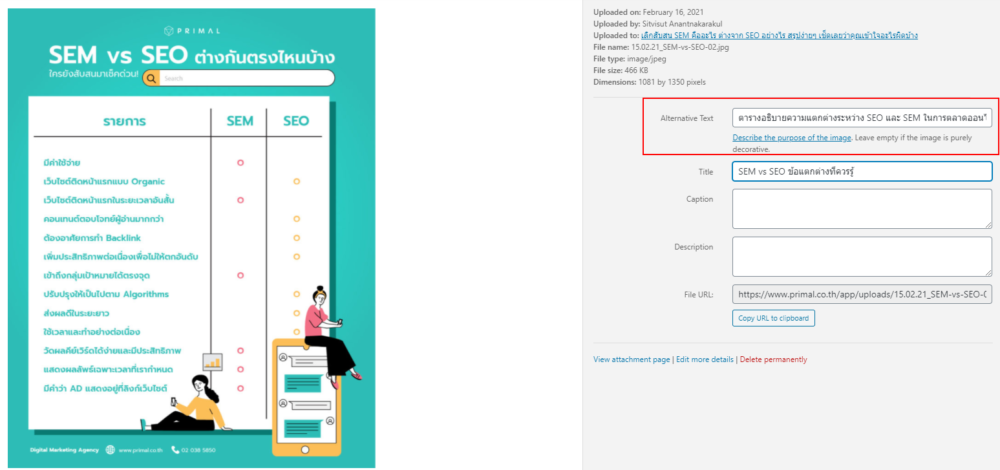
-
CMS
Definition: stands for Content Management System, also known as the “backend system”. It is used to modify the content that appears on a website. Notable CMS systems that people commonly use include WordPress and Joomla.
-
HTTP and HTTPs Protocol
Definition: Hypertext Transfer Protocol (HTTP) is a protocol used for communicating, receiving and sending data via the internet. It is a data exchange between the client (browser) and the server (website). In other words, it is when the client requests information and the shop accepts such a request and sends the information as requested.
HTTP and HTTPs are different in terms of SSL Certificates that help secure the data transfer between client side (browser) and server (website), which is also another ranking factor for SEO.
The word ‘Protocol’, to put it simply, is like human languages, there are many of them e.g. English, Thai, Korean, Japanese etc. Protocol is no different. Normally when 2 computers communicate using different languages, the intermediary is needed to translate each others’ Protocol. We call this intermediary, the ‘Gateway’, which is basically our translator.
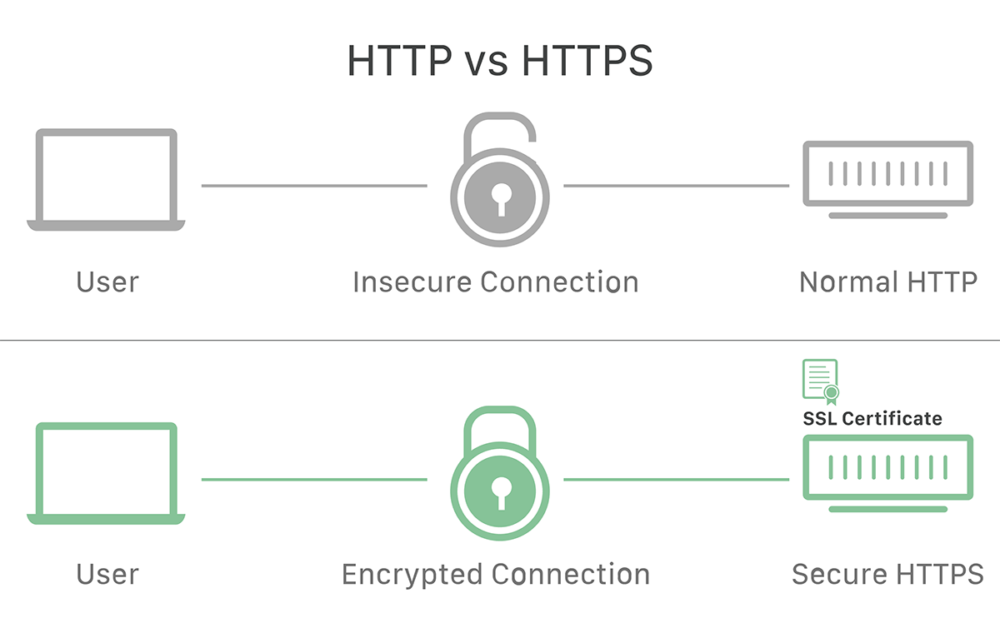
-
SSL
Definition: a certificate acting as a security system for data received and sent between internet networks. Websites with SSL will be encrypted to prevent other people from using the data in the case that the website is hacked.
-
Sitemap
Definition: a website layout that can be divided into two broad categories: HTML Sitemap and XML Sitemap.
- HTML Sitemap is an overall website layout or structure, designed to make sure that the users or developers understand the website structure.
- XML Sitemap is a sitemap designed for robots and crawlers to access the structure and main pages of the website to collect data for Google search results.
-
UX
Definition: stands for User Experience. It is the experience of website users. A good UX should be a design that makes it convenient for the users to access the products, services or information. The pages should not be complicated, and should connect to other pages practically. It should entice users to stay on the website for a long time.
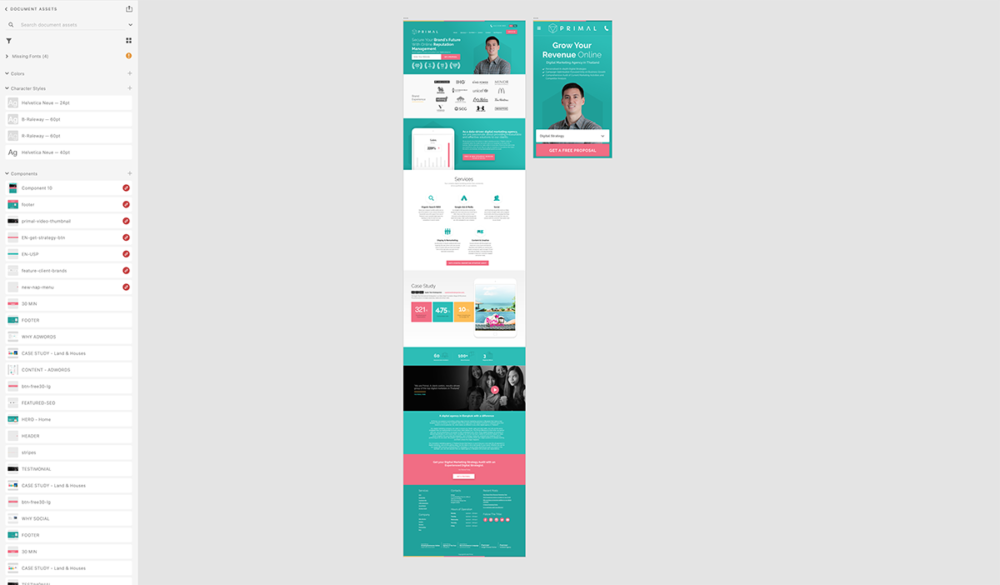
-
UI
Definition: stands for User Interface. Simple speaking, it is the face of the website. But a beautiful face is not enough, because a good UI should load quickly, be creatively designed, use colour well, and only use readable fonts. It takes both UI and UX to create the best experience for the user.
-
URL
Definition: stands for Uniform Resource Locator. It is basically a website address. A URL normally consists of:
- Protocols like HTTP or HTTPs
- Domain Name
- Surname or the domain name extension (surnames people commonly use are .com, .co.th or .org). The order is as follows: ://Domain Name.Surname, for example: https://thdev2.primal.website
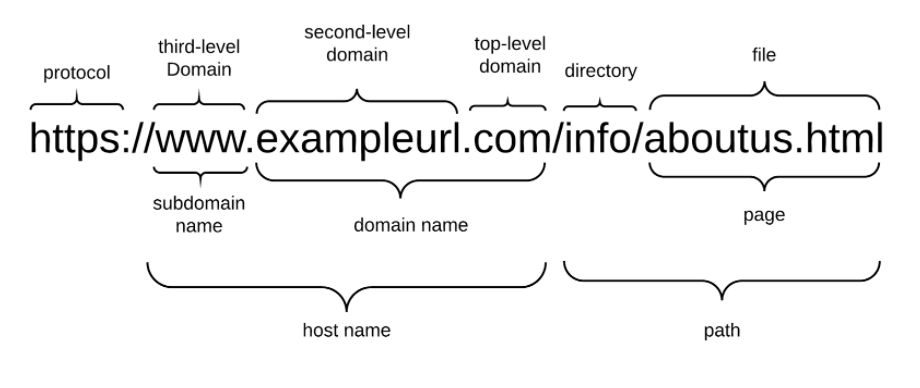
Image: frontend.turing.io
-
Responsive
Definition: an idea or concept of one-time web design that supports display of every screen size, be it on a computer, laptop, tablet or smartphone. This type of design appears differently on different screens, but consists of the same structure and uses the same main data. People access websites from devices nowadays, so responsive design is essential and has a direct affect on SEO.
-
Redirect
Definition: the process that takes users and robots from one web page to another web page, as programmed. For example, if you programmed the Buy Now button to redirect to the purchase page, when users click the Buy Now button, the website will take them there.
-
Organic
Definition: any activities that build results naturally (without paying). For example, conducting SEO helps websites climb up the rankings on search engines. It costs nothing (except for the service fee for hiring an SEO).
-
Cache
Definition: data that has been collected and stored in the browser for the next visit. It will make the next visit to the website faster since it does not need to recall the data from the source. The downside of the Cache is that when the website is modified or updated, the Cache data collected may put the old webpage on display. This is why you should clear your cache from time to time.
-
Bounce Rate
Definition: This is when visitors access one page of the website and leave straight away, without visiting other pages. If your website has a high bounce rate, it means your website is inefficient. Reducing bounce rate requires good user experience, and interesting content that invites users to read more or click through to other pages for more information.
-
Back-end
Definition: this is the website management system. Normally, people who have access to the back-end are website system administrators or developers only. Back-end data requires technical knowledge of coding, system control, e.g. PHP, ASP, XML, JAVA etc., in addition to website modification.
-
Backlink
Definition: a link that is redirected from another website. It could be in the form of referencing information or adding a link to a page for business interests or other reasons. For example, a website article about digital marketing insights that references Primal data will add a link as a reference and to show gratitude to the information owner. Once people read the article and become interested in the source of info, they will see the referred link and click, and Primal will get the backlink from that website.
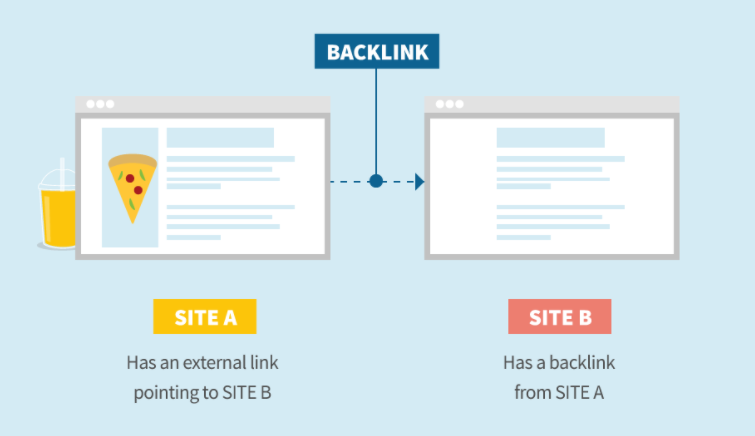
Image: mangools.com
-
Anchor Text
Definition: a collection of words, phrases or sentences that have a link (URL) attached to them. When conducting SEO, Anchor Text is important to increase the chances of people clicking for more information about the topic they’re reading.
If other websites have Anchor Text linking to your website, when someone clicks the link, you will get a Backlink. When conducting Outreach (sending content to other websites), it is common to add Anchor Text in the keywords for people to access your website.
-
Error 404
Definition: Not Found. It means the URL has been deleted, modified or never existed. There are two main reasons people see this page: the user has typed in the wrong URL, or there is a problem with the website. Even though Error 404 may not directly affect the website’s ranking, if a website is frequently ‘down’ and users often see Error 404, it is highly likely that the users will stop returning. This is a frequently used SEO term.
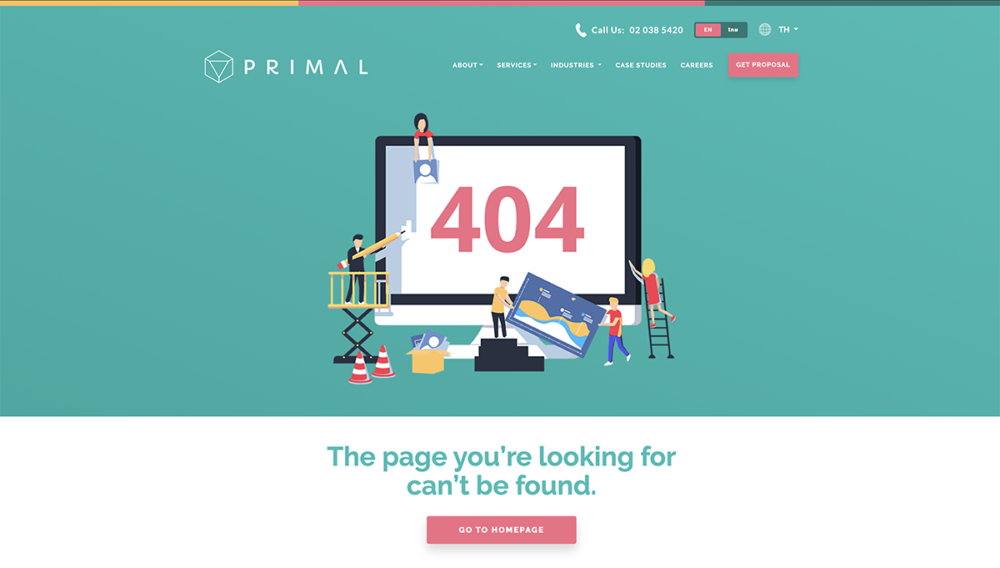
-
302 Redirect
Definition: a temporary URL redirection. This happens when a website is undergoing maintenance or is not ready for visitors, for whatever reason. The website will redirect to a temporary destination link.
302 Redirect does not affect the SEO ranking of the original URL. When someone uses a search engine, the system will still show the original URL. Only when the link is clicked will the user be redirected to the temporary URL that has been set, until the original url is ready. If a 302 Redirect is necessary, it should only be used for a short period of time.
-
301 Redirect
Definition: a permanent URL redirection. It is a way to tell the search engine system that the original URL is no longer in use, and that they should access the new URL instead. For example, if our original website is www.example.com, then it was changed to example.com. Previously, the search engine would access the data via .com, but after 301 Redirect, the system will understand that the data must be accessed through .co.th instead.
Doing a 301 Redirect will not affect your website ranking. Or if it does, the effect will be very trivial. However, the new URL must have similar or related content to the original website, or it will without a doubt affect your SEO.

-
Browser
Definition: a software programme for users to access web pages. These were developed for users to communicate with web pages created in a computer language e.g. HTML, PHP, JAVA etc. The most popular browsers these days are Google Chrome, Firefox, Safari, Internet Explorer, and Microsoft Edge.
While this list of SEO terms is not exhaustive, it should give you a good understanding of the terms most commonly used amongst SEOs. Don’t be surprised if you’ve heard of these words before but understood them to have different meanings, because each method of marketing can attach different meanings to these terms.















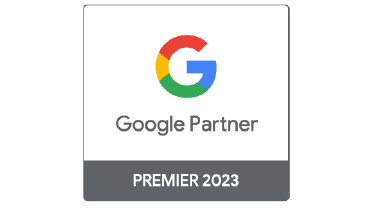
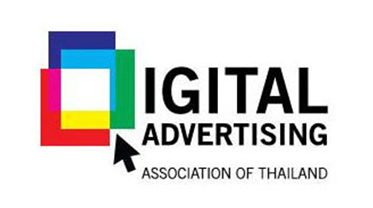
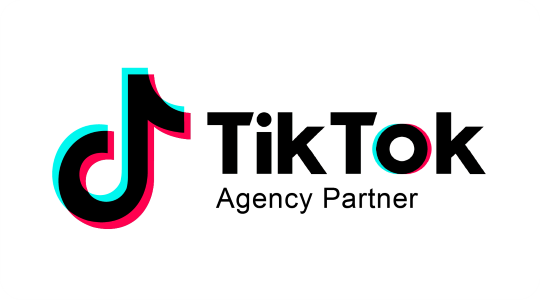

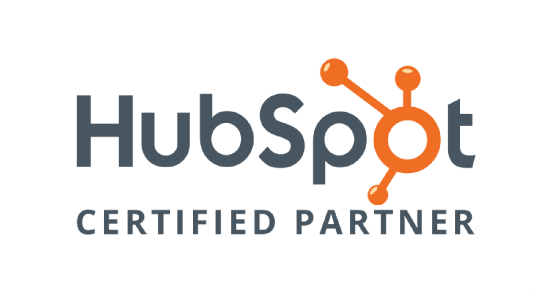


Join the discussion - 0 Comment